“ Solutions Always More Than Difficulties”: Chinese Artists Venture into New Ways in Australia
By Chenxi Quan 1421780
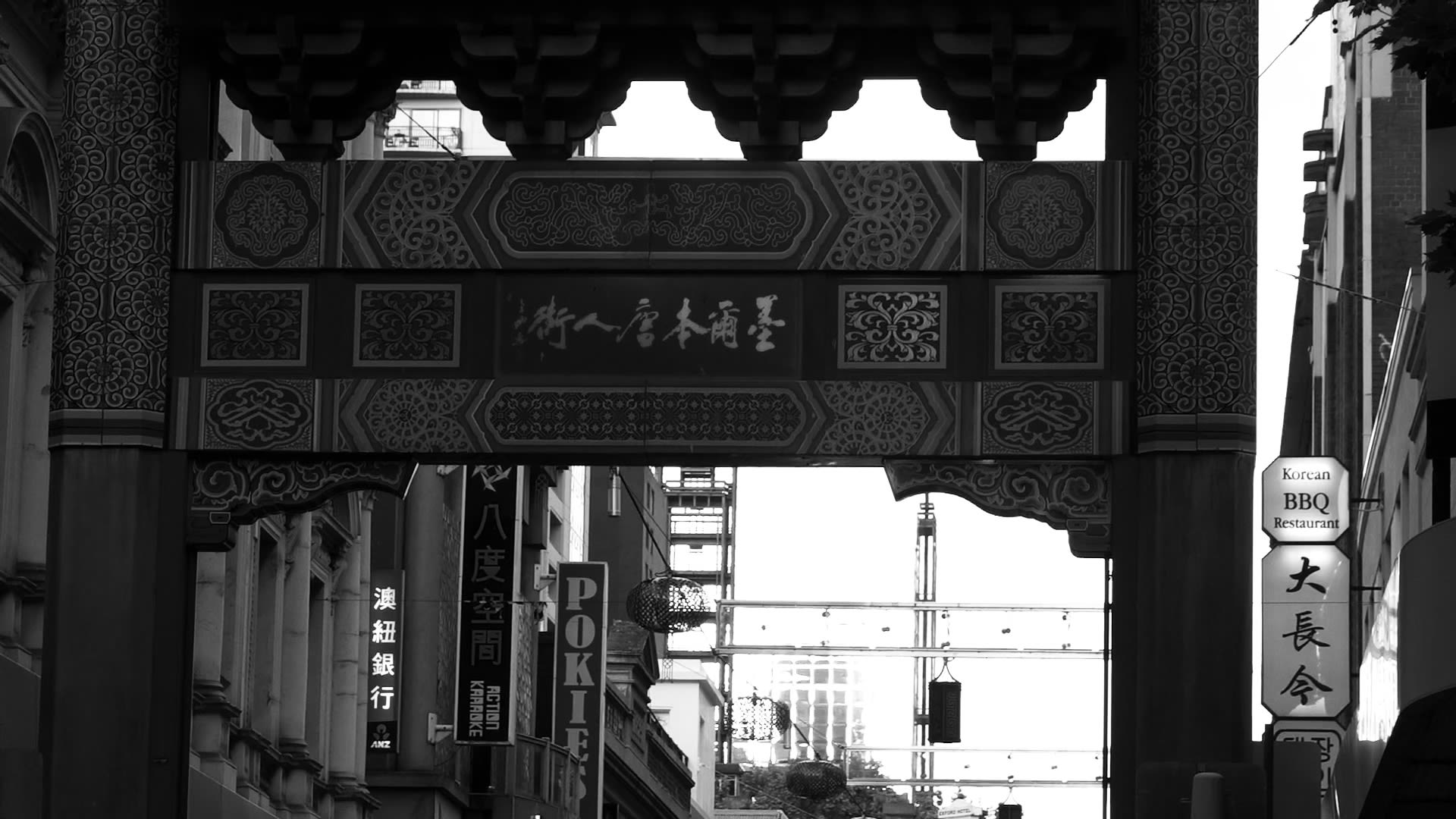
It was almost 40 degrees Celsius. Ziyu Xu carried an instrument case that was bigger than herself, walking along Swanston Street wearyingly, which was her routine. Inside the case, lay a unique traditional Chinese instrument - Pipa.
It has been fifteen years since Mrs.Xu played the Pipa, but it was an unexpected chance that her video played Korean pop music on Pipa hit a heat on YouTube. She found that social media may improve her financial situation and save her art career.
So Mrs.Xu began to engage in live-streaming while doing the busking. On the one hand, it can expand the fan base and bring her more influence. On the other hand, it can diversify her income sources.
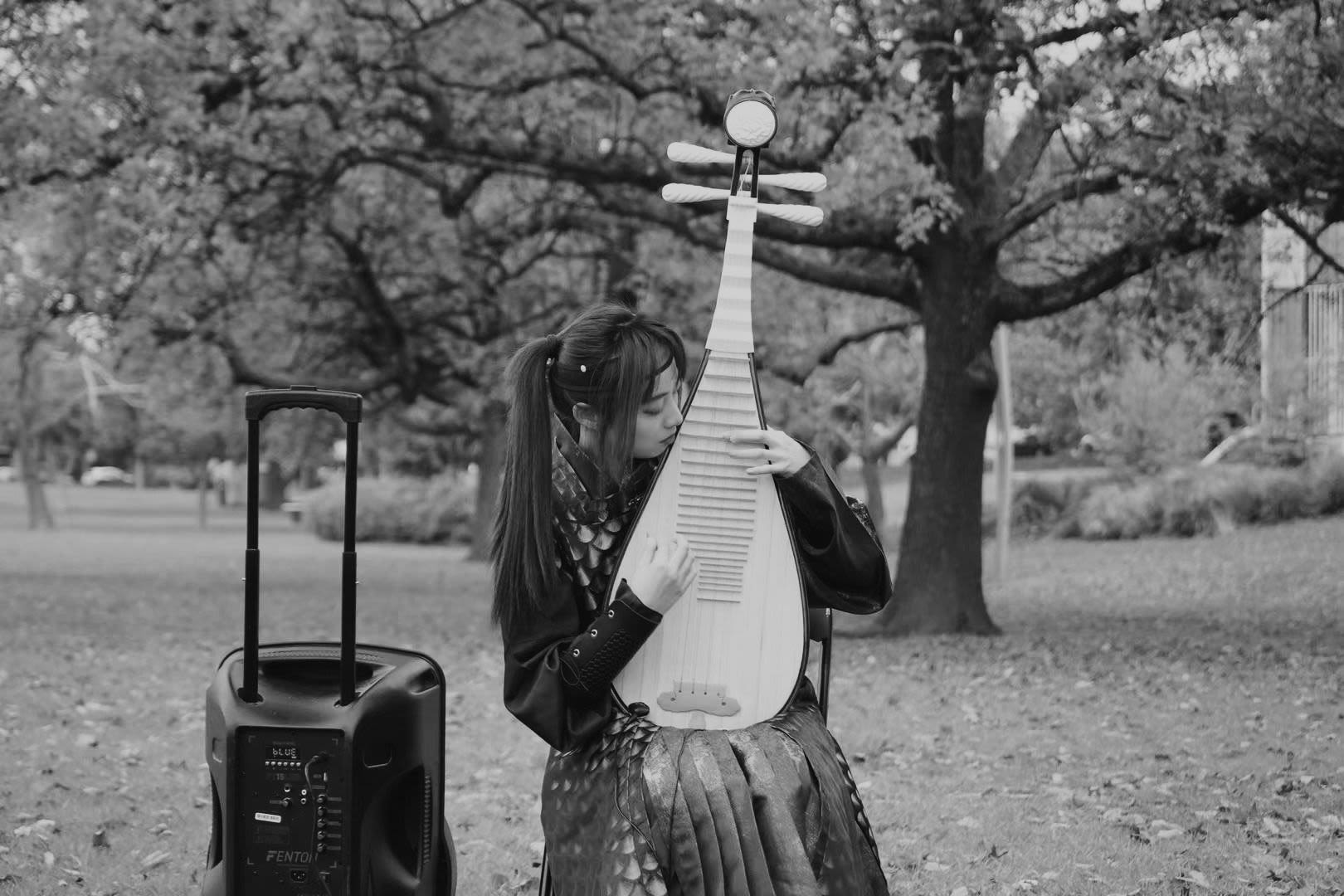
There are many Chinese artists like Ziyu Xu in Australia, who try to promote Chinese traditional culture by kinds of live performances.
They seem like have a consensus that it will be difficult for them to develop this career in a Western country if they do not explore a more creative path. Whether in terms of economy or culture.
Where do economic pressures come from?
- Low Income
The average weekly earnings of the arts and recreation industry rank last, which is also lagging far behind the top 1 mining industry by almost half, according to the Australian Bureau of Statistics (ABS).
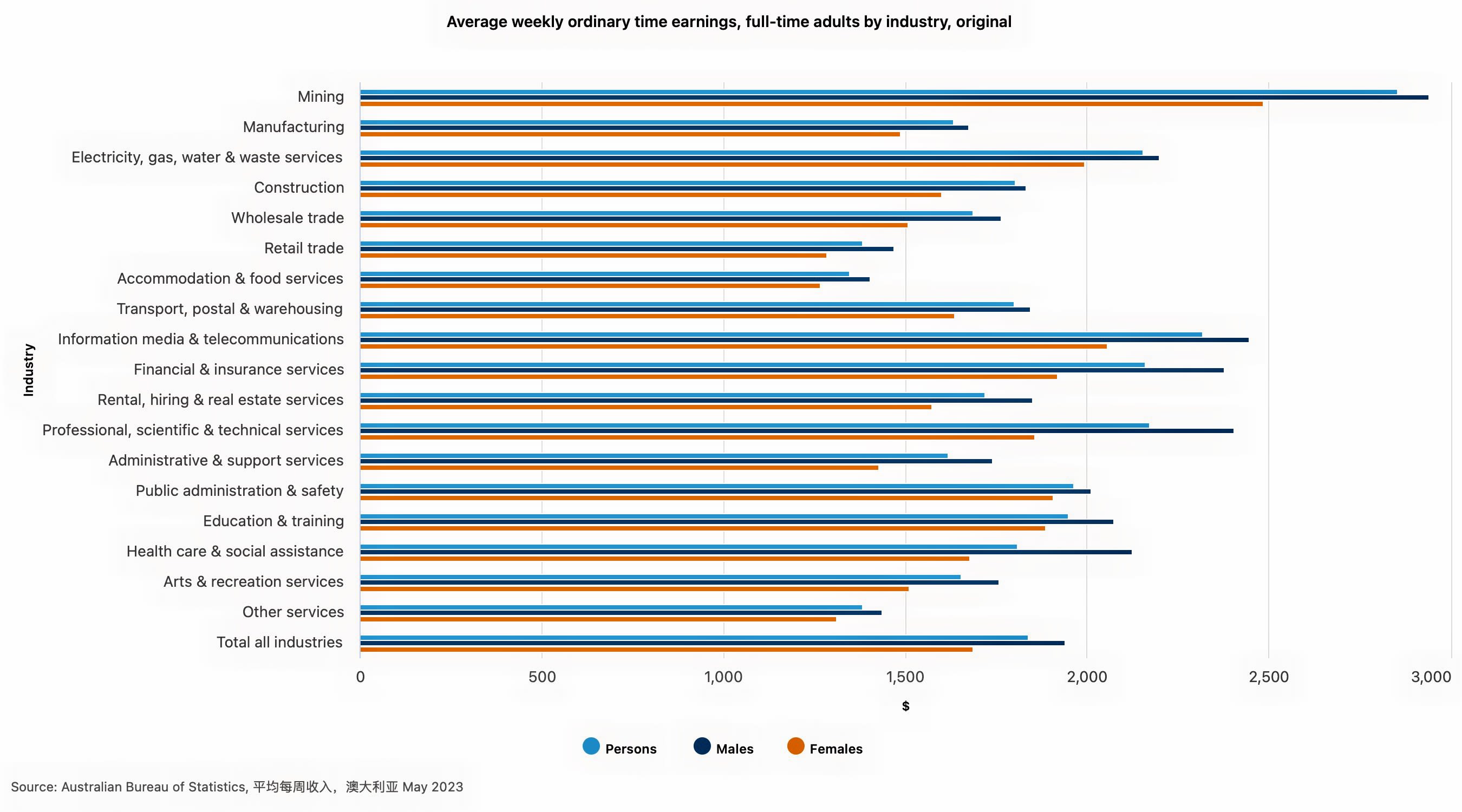
Only those who have over ten years of experience as an artist have the chance to exceed the average salary across all Australians, according to Worldsalaries.
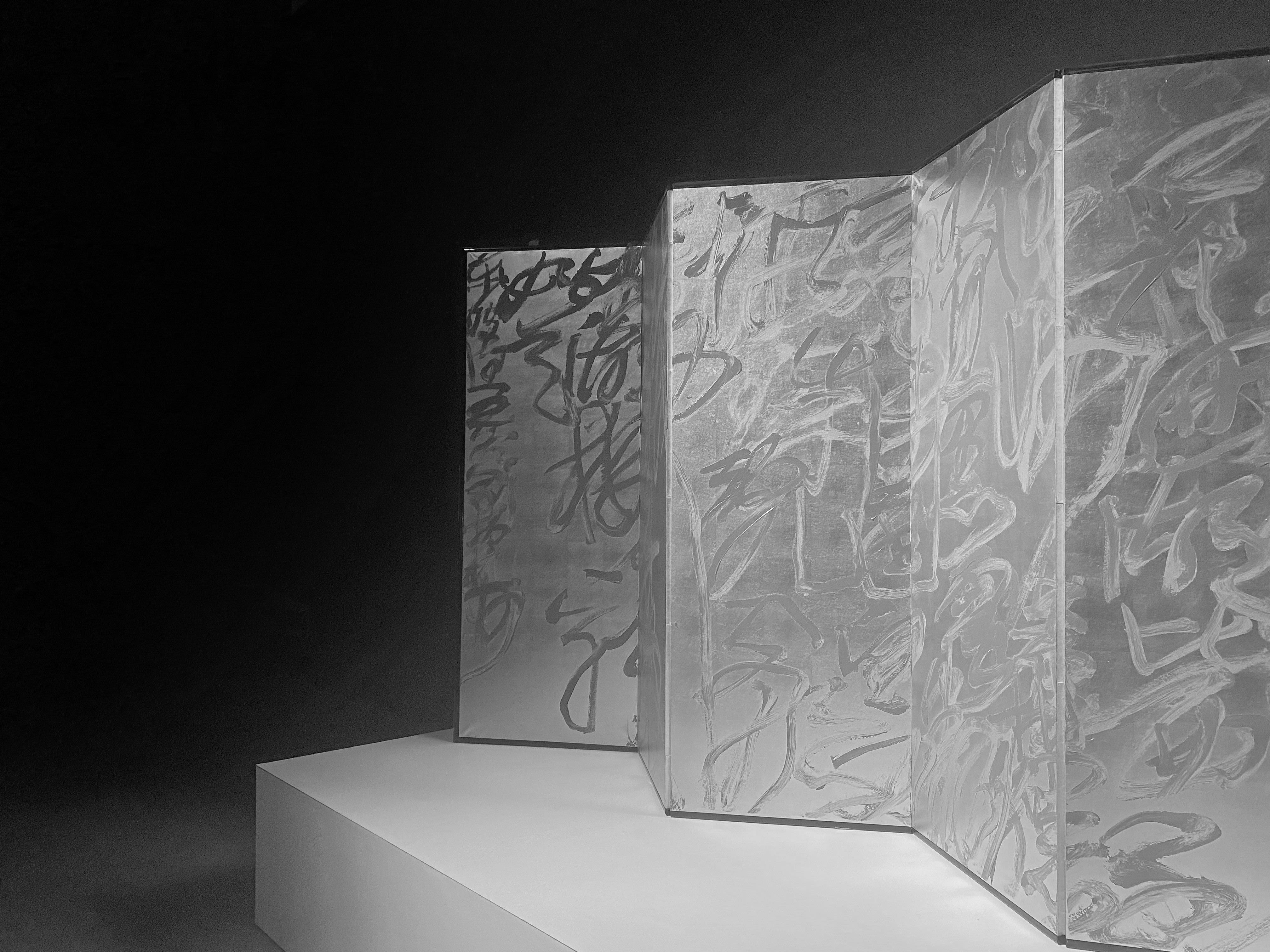
- Multiple Job-holding
The amount of people who engage in the arts and recreation industry ranks No. 3 in 958,600 multiple job holders in Australia accounting for 8.8 per cent, according to ABS.
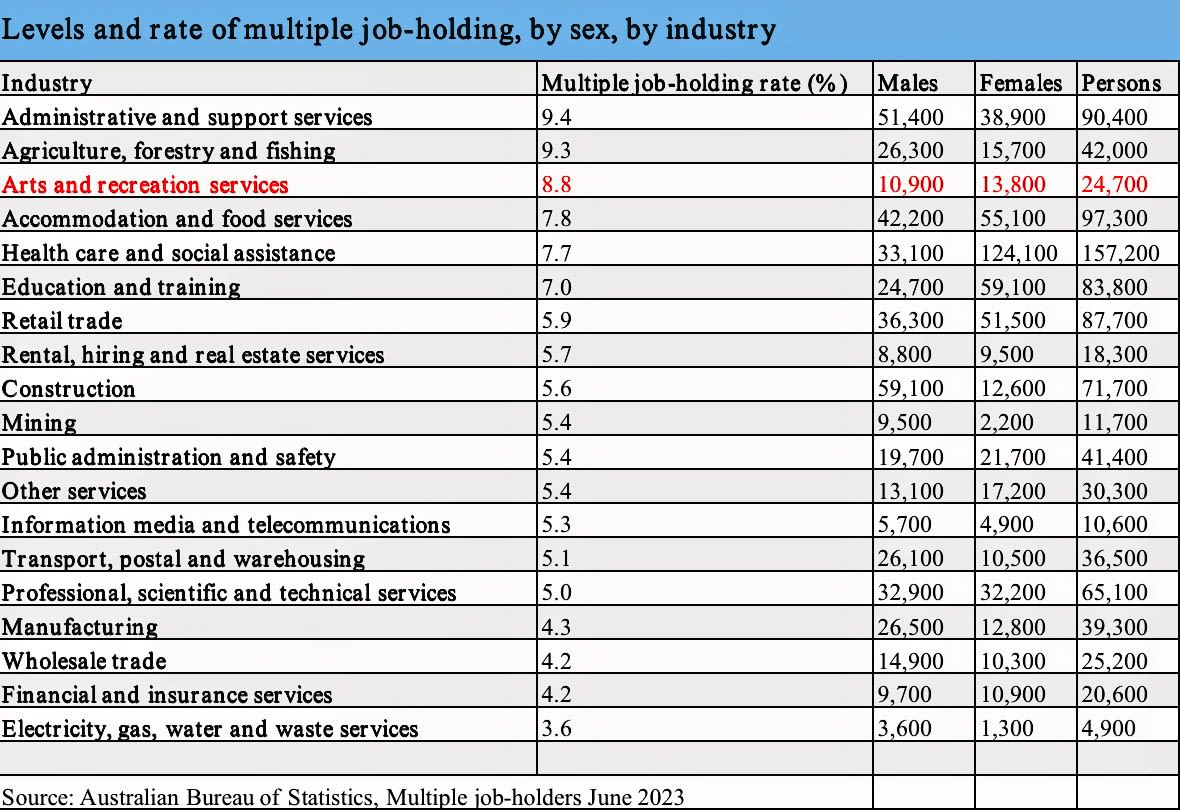
Do Theatre, the first Chinese theatre group in Hobart aims to develop a cross-cultural drama career. The founder of Do Theatre, Sally Chen says: “Most members can not pursue this as a full-time job due to the instability of income, since we established.”
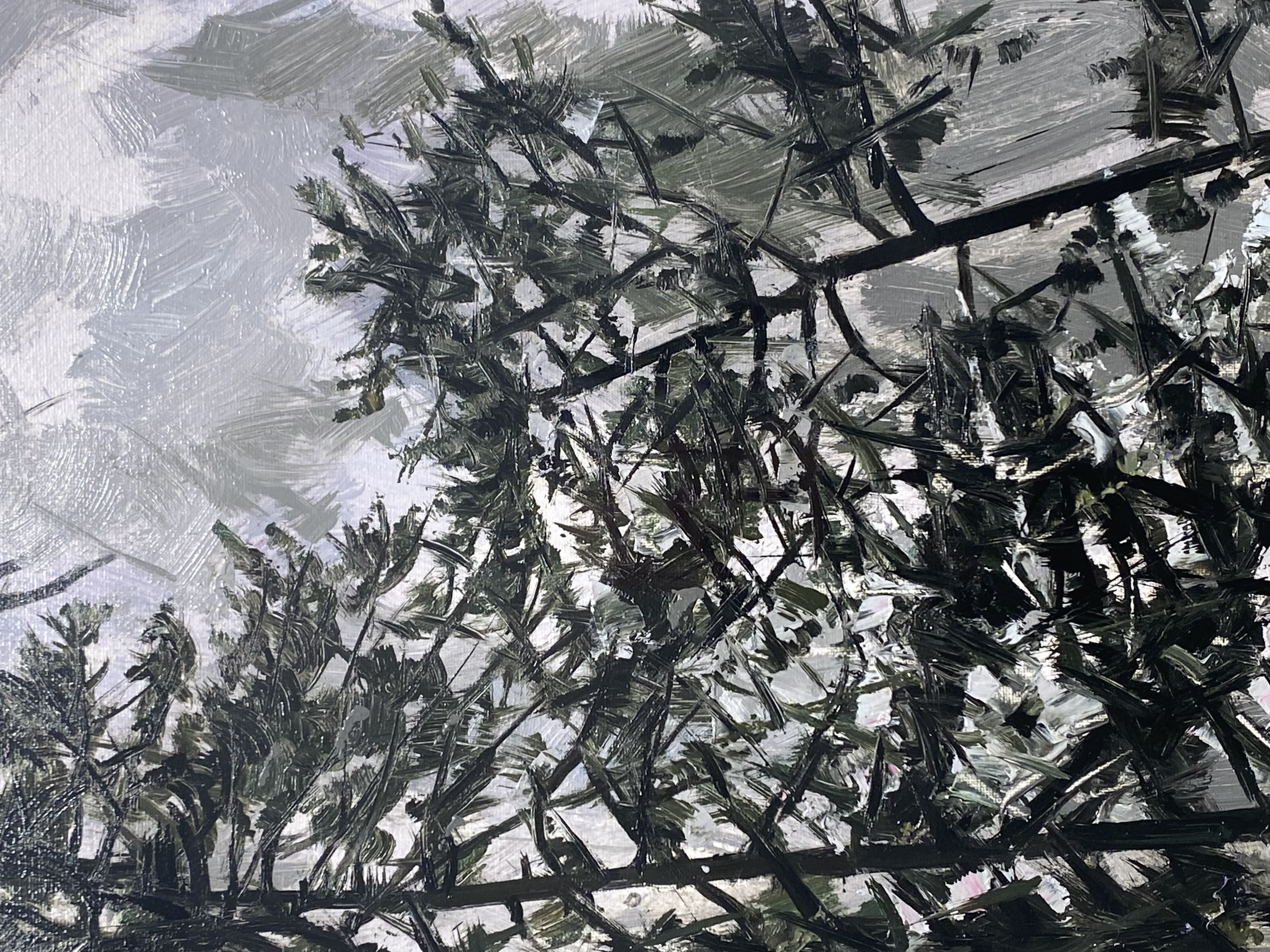
- Cost of Living Crisis
“ Now the cost of living crisis and inflation make us more difficult, so we have to slow down our pace of production and development.”
Angel Xiao, an actor from Do Theatre says: “The audiences tend to spend their money more cautiously, like the daily food, rather than on a drama show.”
Chair of Australia Council, Robert Morgan says in their annual report 2021-22 that the arts industry is experiencing substantial challenges of revenue and audience confidence in returning to live arts and cultural engagement.
Qiao Ding, an art lover who studied director before, says: “I saw some Chinese artists’ performances, but I only chose the free. If I meet some really interesting, the maximum price I’m willing to pay is $50.”
The average ticket price in the live performance industry dives nearly 30 per cent from the peak of $96.61 to $69.02, from a report by Live Performance Australia.

The difficulties are far more than the above-mentioned, listen to what other artists face in this video:
Credit: Chenxi Quan
In the shadow of these pressures, how to break through this cage becomes the primary consideration of these Chinese artists in Australia.
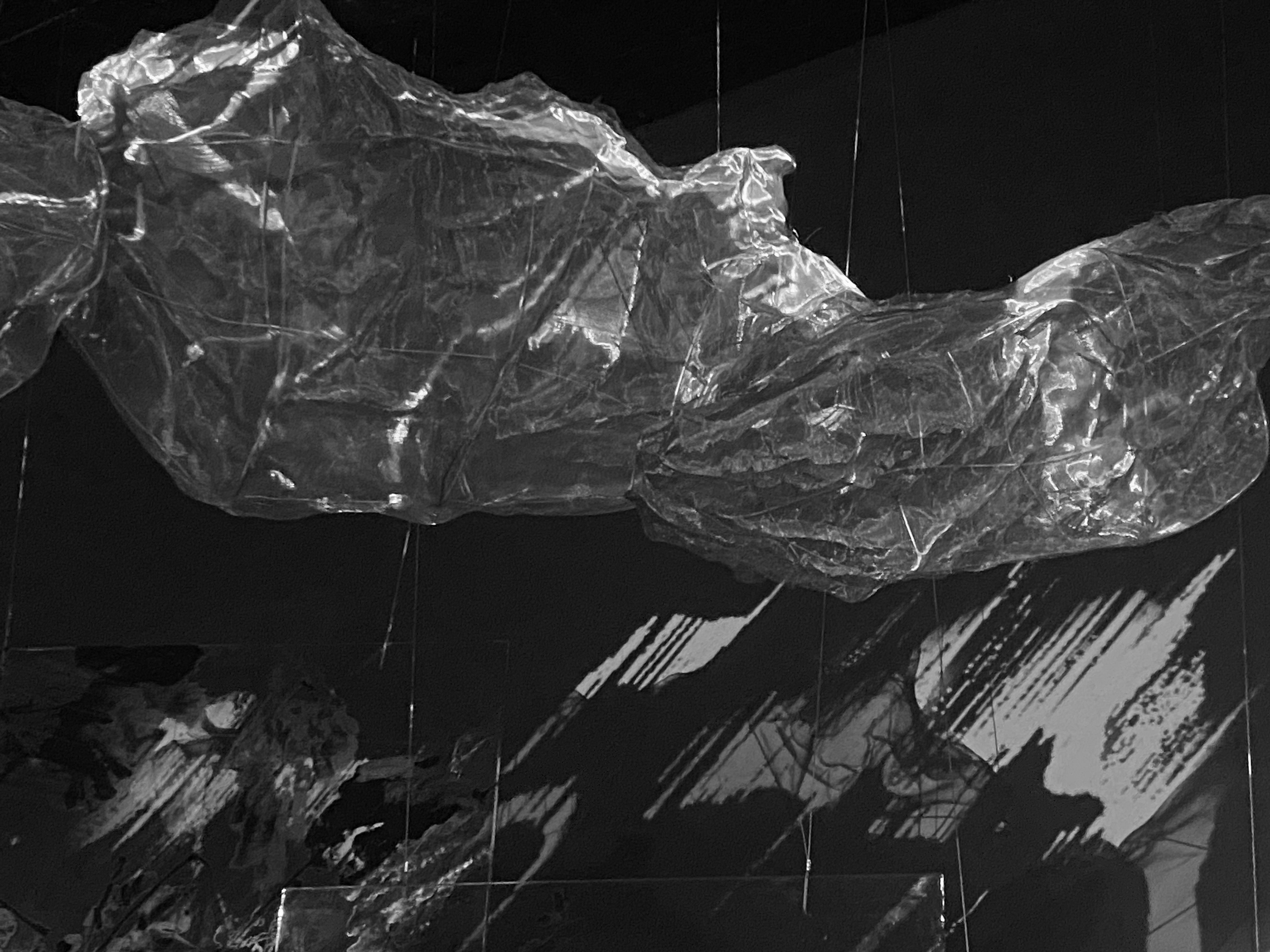
What innovative business methods?
Mindy Wang is the east-west artistic director of the Melbourne Symphony Orchestra and a guzheng musician who has over 30,000 monthly listens on Spotify.
The reason why such achievement she gains, Mrs. Wang thinks belongs to her strong voice and creative music identity.
“Many people come to my concerts not for guzheng, but for the jazz or electric they love. Because I mix them together, for them, this kind of innovation brings amazing elements without detaching their familiar area,”
Credit: Music in Exile
“Why thousands of guzheng musicians in Australia can not be recognised by the public, I think that most of them take an obsolete way to play guzheng. But in a very artistic and active city like Melbourne, it doesn’t work. The demand for Western classic music is rare, not to mention Chinese traditional music.”
Do Theatre also do the same thing, they integrate Chinese elements and Chinese culture into each work. For example, Juleo and Romiet, a contemporary drama, has Chinese traditional costumes like cassock, cheongsam, and Qing Dynasty costumes.
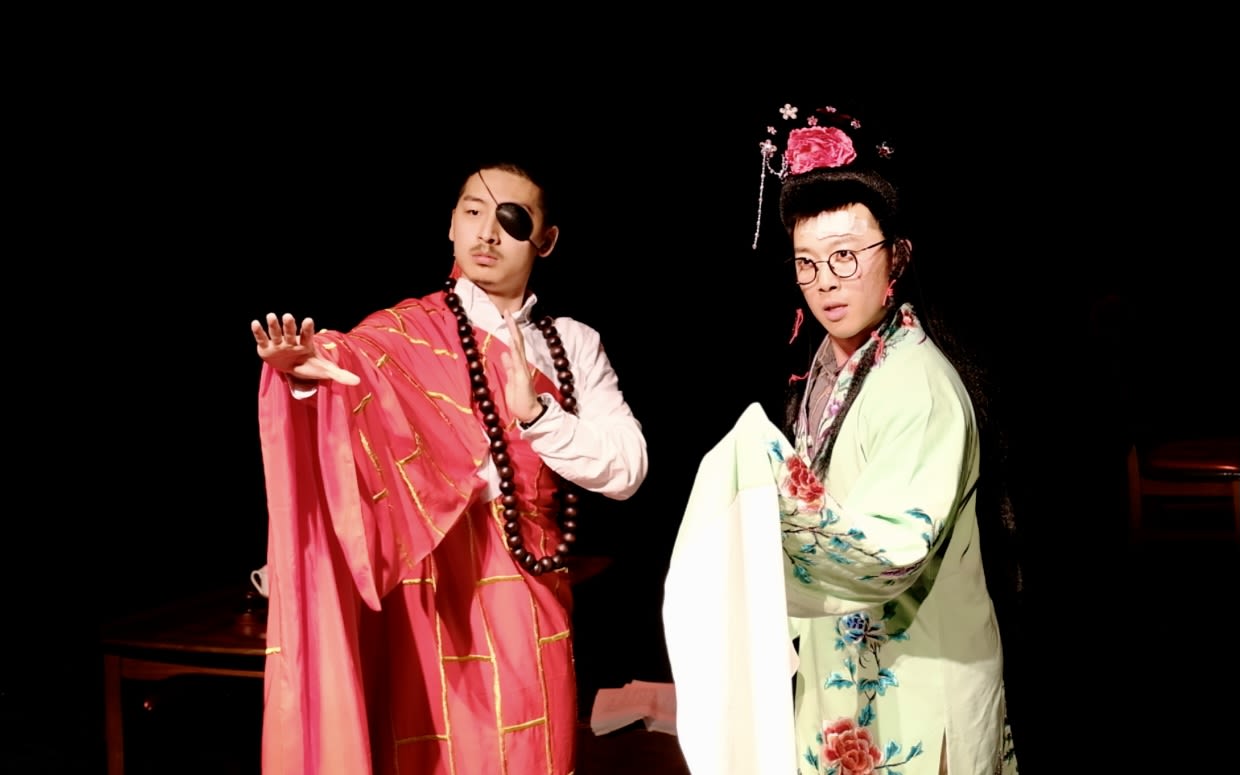
Credit: ENE World
“We also provide Chinese and English bilingual services, whether the Chinese audiences who can not understand English well, or the local audiences who are unfamiliar with Chinese culture, they can both enjoy the performance,”
“Doing these, our non-Chinese audience has increased from one-ninth to two-thirds in two years.” The theatre’s founder Mrs. Chen says.
As the beginning mentioned, the creative way Ziyue Xu, the Pipa player, takes is to convert limited offline performances into infinite online performances through social media.
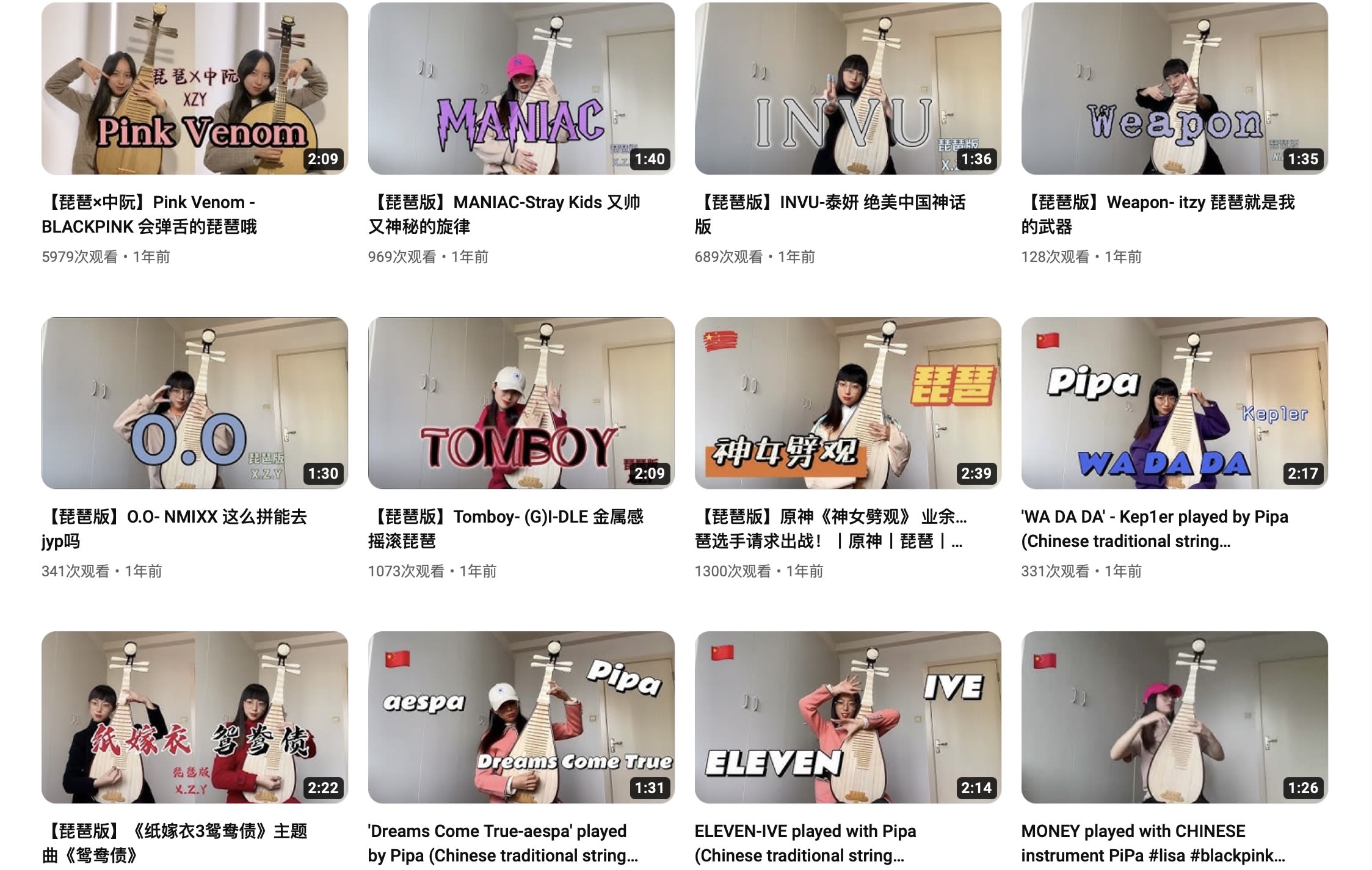
Credit: Screenshot from YouTube
“There are numerous advantages to performing online. Fans will give you gifts when you do the live-streaming, the platform will also give you some revenue based on the statistics of views and likes, and the commercial advertisement will come in droves after you have more and more fans.” Mrs. Xu says.
According to the 2021-2025 Corporate Plan of the Australia Council for the Arts, digital activation and the ongoing demand for online content offer significant opportunities for the Australian arts and culture industry.
The founder of Yangyu Chinese Cultural Studio Donna Dong also trying to develop a new business model that sells self-making creative products and holds some workshops, to support her career of promoting Chinese Hanfu culture.
Mrs. Dong says: “Our creative products include accessories and ornaments like entangled flowers that are intangible cultural heritage. To promote our culture while attracting more customers,”
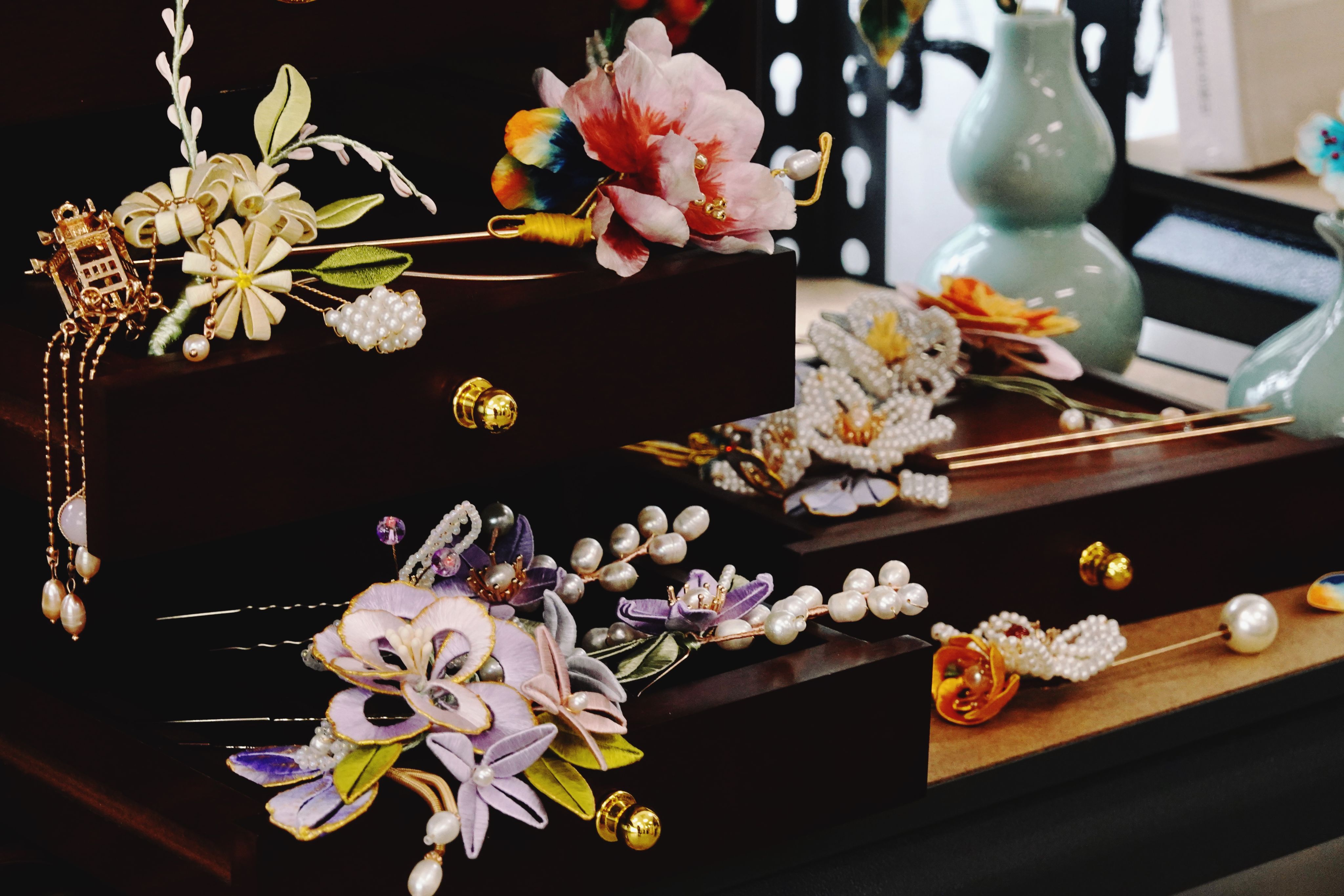
Credit: Chenxi Quan
“And our workshops aim to teach calligraphy, embroidery, making lanterns, and carving wooden hairpins.”
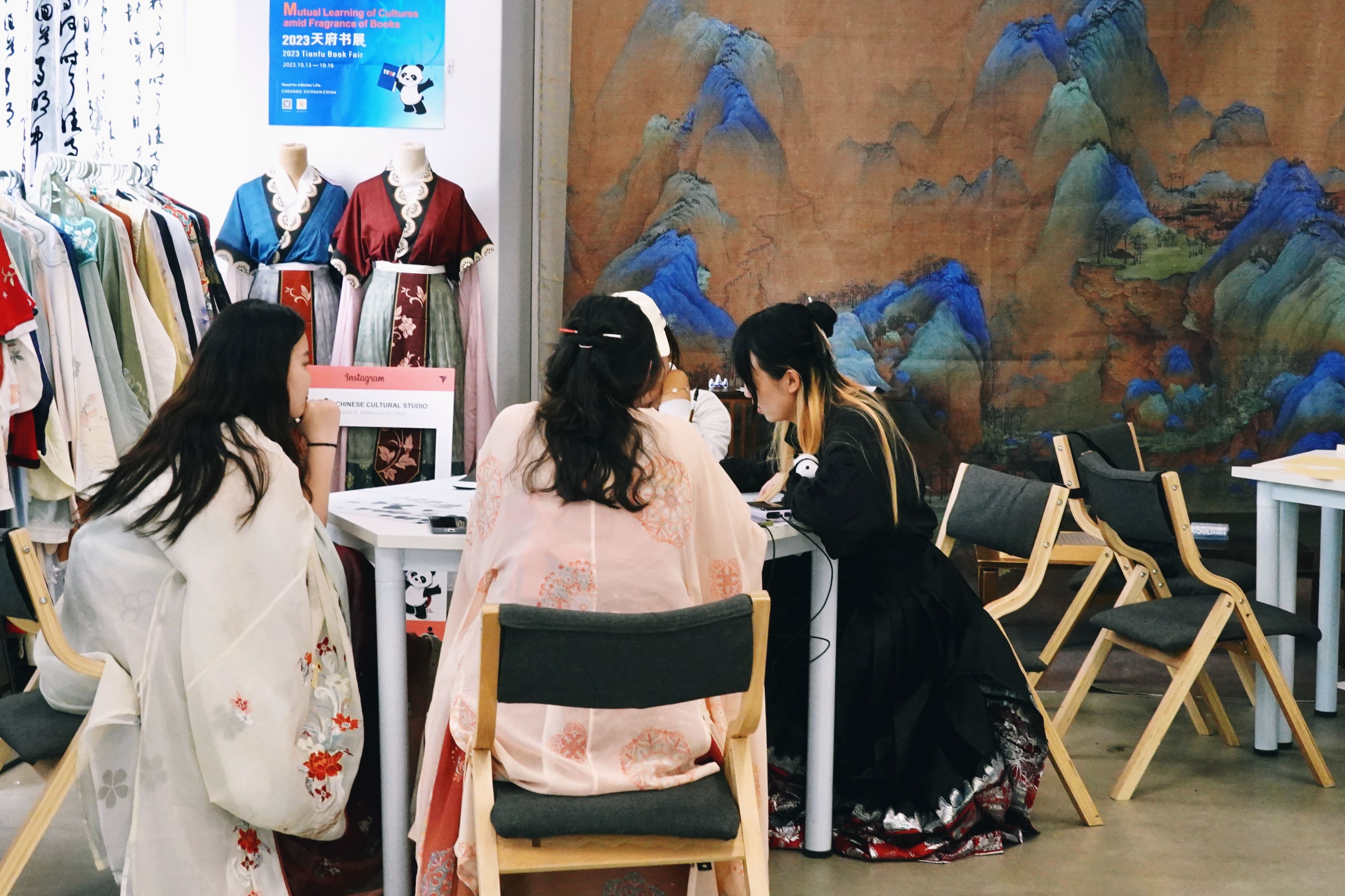
Credit: Chenxi Quan
Mrs. Dong suggests that there are two main problems with Chinese culture existing in Chinese who move to Australia. Firstly, the Chinese-Australian children almost know nothing about Chinese culture, even though they all study Chinese in Australia. Secondly, there is a serious age gap among people who are dedicated to promoting Chinese traditional culture. Most of them, are either international college students or retired seniors.
“We try to fix the two problems by doing these,” Mrs. Dong says.
“When walking along, we can clearly feel that Chinese culture has been recognised broadly until these two years. We wouldn’t have such success without this group of artists struggling in the currents of the times.”
Peng Lin has been in Melbourne for seven years since he was a child. He says that the Chinese traditional culture makes him feel warm in this foreign land, and that’s why he sincerely hopes these creative ideas can be welcomed in Australia.
Background Photos and videos
Chenxi Quan
Mindy Wang
Ziyue Xu
Sally Chen
Donna Dong